
Monterrey Mexico: The Essential Traveler’s Handbook
Monterrey Mexico: The Essential Traveler’s Handbook
Monterrey Mexico, in the State of Nuevo Leon, is known as “The City of the Mountains.”
Apart from being Mexico’s third largest metropolitan city, it boasts several attractions linked to its history, industrial production, and surrounding nature.
This is what makes Monterrey an attractive city to live in or visit.
Monterrey’s historic and oldest neighborhood (the old town) is next to the Macroplaza.
It has been the city’s political center since it was the seat of an administrative kingdom dependent on viceroyalty in the times of Philip II and Ferdinand VII.
Most preserved buildings are from the XVIII century, highlighting colonial houses.
It has had a different evolution from other historical centers since the twentieth century adopted a lifestyle of a modern area, with bars, nightclubs, hotels, and other establishments.
Where is Monterrey, Mexico?
The distance from Monterrey to the U.S.-Mexico border (Texas) is about 240 Km by road.
You can also fly into Monterrey International Airport (MTY), about 20 km from the city center.
The airport has flights to and from major cities in Mexico and the United States.
Alternatively, you can take a bus or drive to Monterrey from other parts of Mexico.
Top 19 attractions in Monterrey Mexico
1. Visit the Cathedral
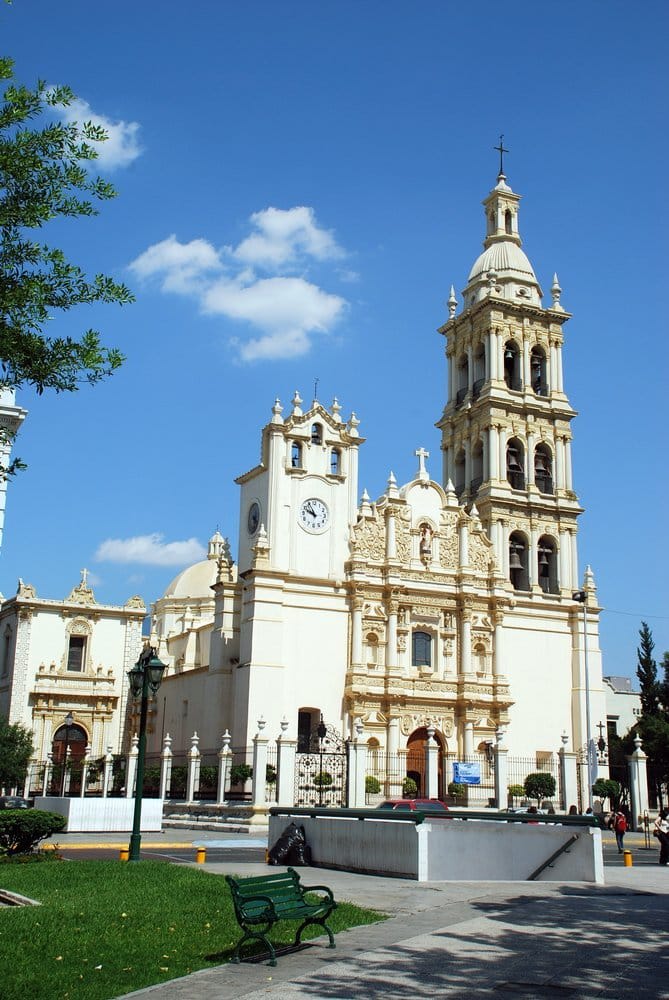
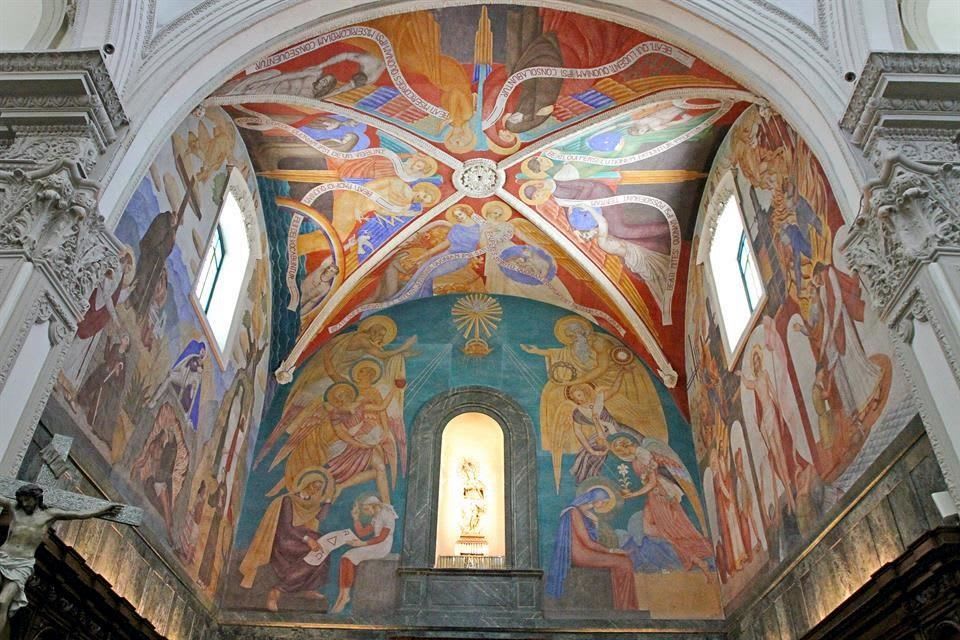
This temple in Monterrey’s old town is the seat of the city’s Archdiocese.
It has a three-bodied tower and a sober central nave, with niche chapels on the sides and an octagonal dome.
There is a series of beautiful paintings of the viceregal period in the sacristy.
Although it mixes neoclassical lines with a baroque facade, the construction is from the XVIII century. The Tabernacle Chapel has a beautiful embossed silver frontal.
The clergy has some showy murals of Ángel Zárraga Arguelles, painted in 1940.
2. Stroll the Santa Lucía Promenade

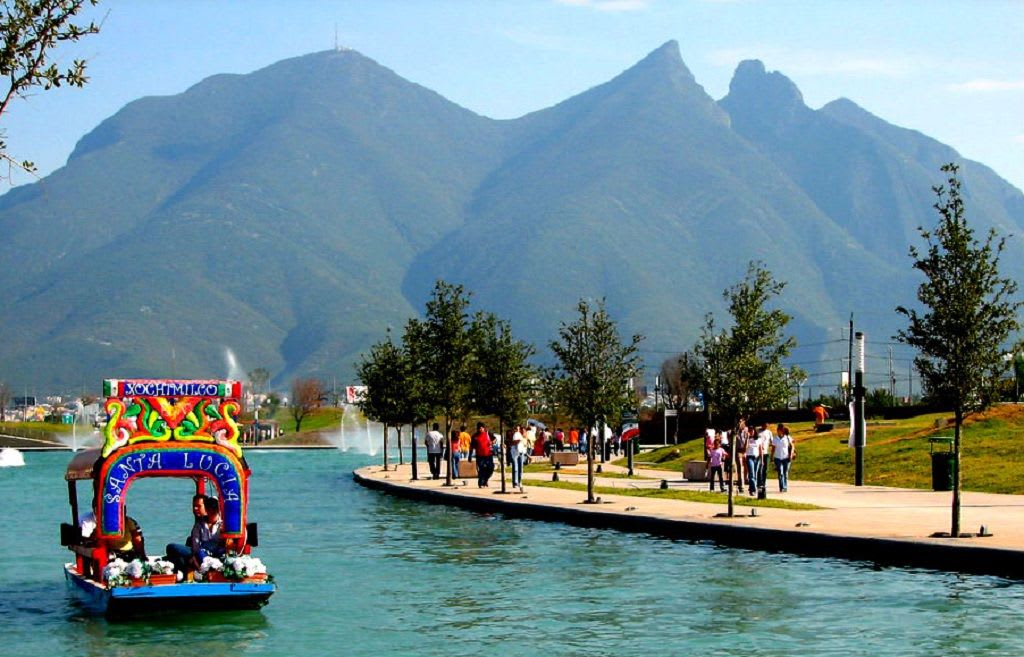
Santa Lucia is a water channel 2.5 kilometers long, which runs parallel to a pedestrian walkway in the first quadrant of the city of Monterrey.
The promenade is part of the Macroplaza, ending at Fundidora Park.
Because of its length, it is the longest artificial river in Latin America.
The promenade was inaugurated in 2006 and quickly became one of the city’s major attractions.
The symbolic work built for the 2007 Universal Forum of Cultures was held in Monterrey.
The canal is navigated by small boats, and along the route, there are 24 fountains, squares, works of art, restaurants, and other places of interest.
3. The Macroplaza: Monterrey’s Premiere Square
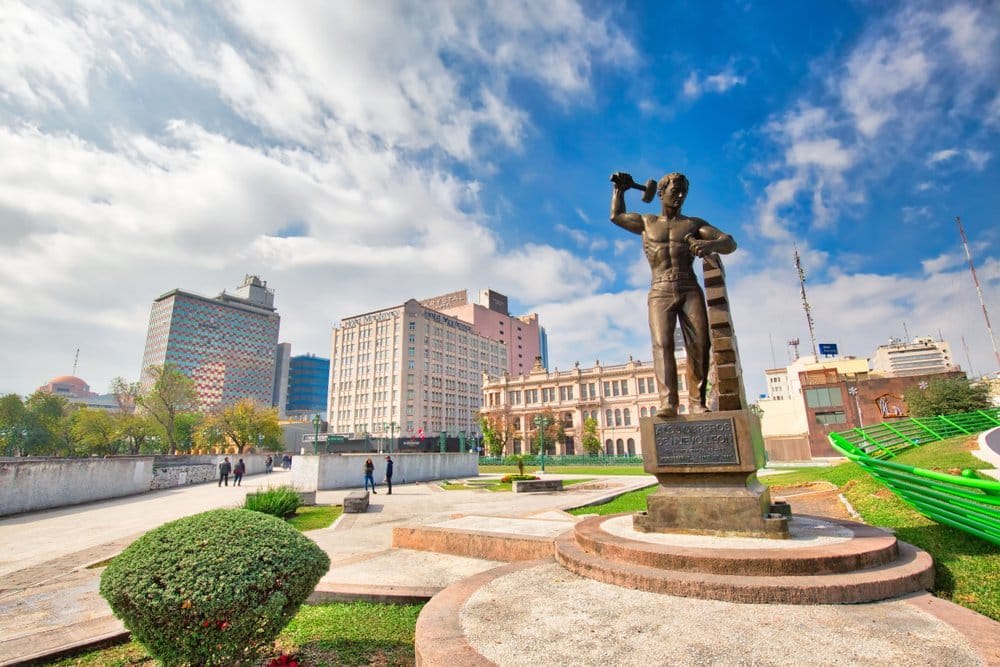
The Gran Plaza or Macroplaza in downtown Monterrey Mexico covers an area of 400,000 square meters, making it the fifth largest in the world.
Its emblematic structure is the Faro del Comercio (commerce lighthouse), a long, slender building 70 meters tall.
It activates a system of green laser beams at night, visible in almost the entire city.
It has commercial centers, recreational spaces, and green areas.
It is the central public space of Monterrey, and in its surroundings, the colonial buildings make a striking contrast with the modern ones.
4. Government Palace Museum of Monterrey Mexico
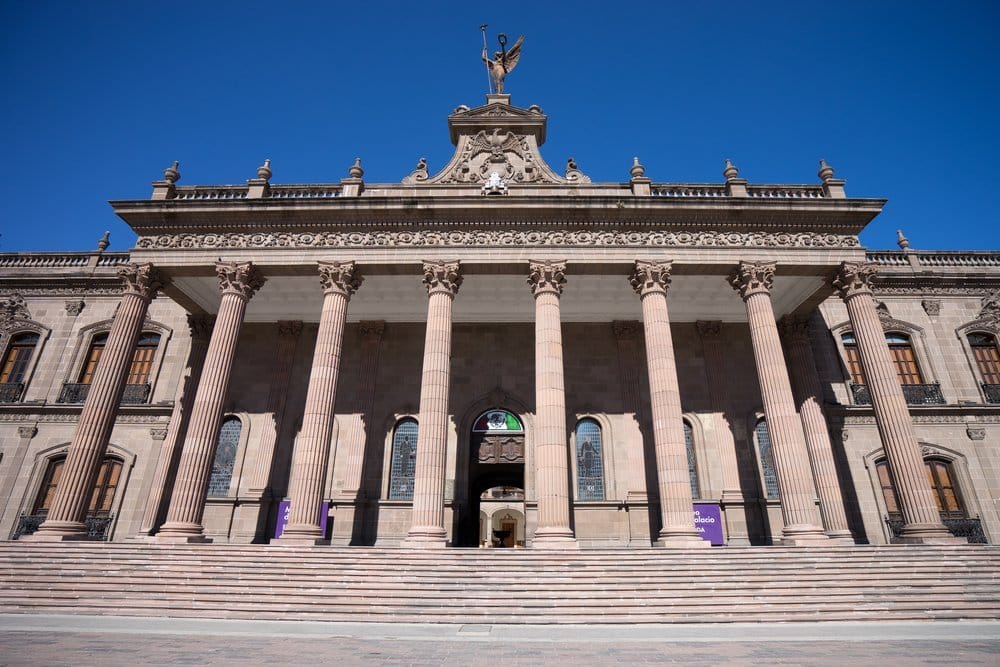
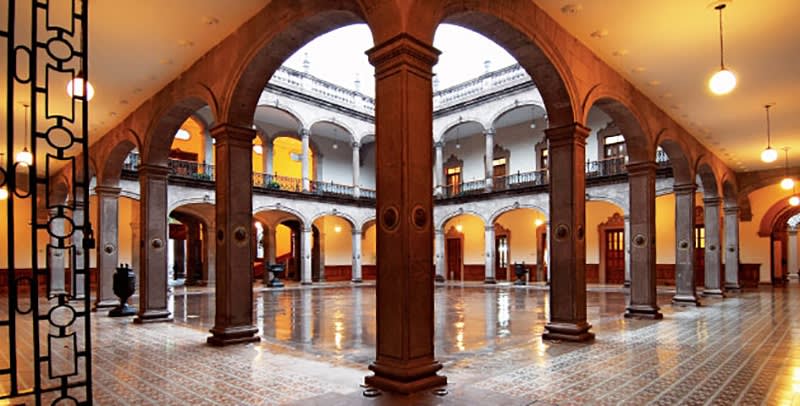
This museum was inaugurated in 2006 in the government palace and showed the historical, political, and administrative evolution of the State of Nuevo Leon.
The beautiful building, almost 100 years old, is of classic architecture, with pink quarry stone cladding and a statue of La Victoria crowning the main façade.
The full-length stained glass windows of Miguel Hidalgo and Benito Juarez are in the lobby.
In its three rooms is a tour of the main political, social, economic, and legal events throughout the history of Nuevo Leon.
5. Museum of Mexican History
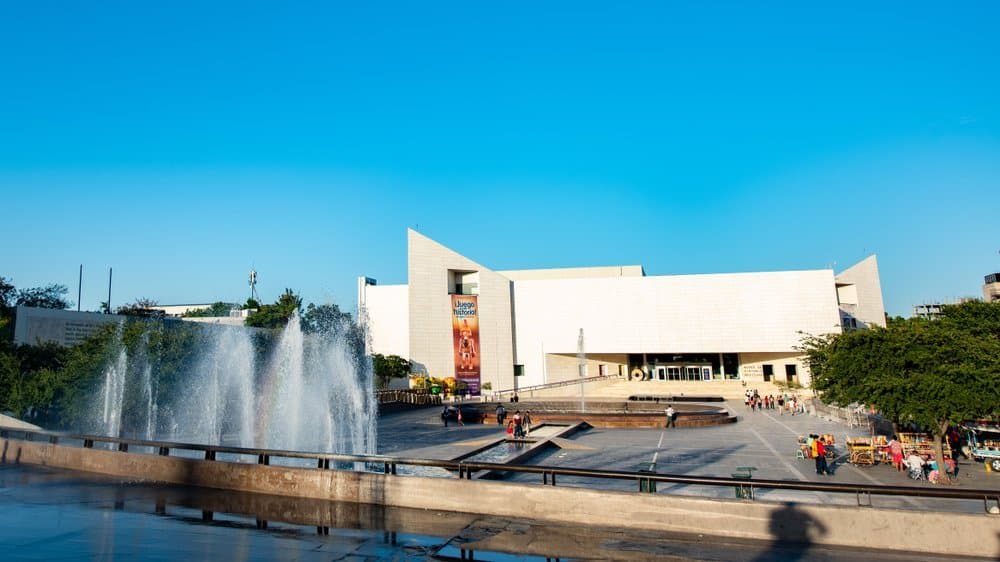
This institution, inaugurated in 1995, is part of the most important museum complex of the city, around the Paseo Santa Lucia, together with the Government Palace Museum and the Museum of the Northeast.
The building is of modern design, sober and practical in its three levels.
The permanent hall on the second floor samples the primary pre-Hispanic cultures, the viceroyalty period, the Independence period, the Mexico of the XIX century, and the modern nation.
There is also an area dedicated to the nature of the Mexican territory, showing its characteristics and geological and biological diversity.
6. Monterrey Mexico Northeast Museum
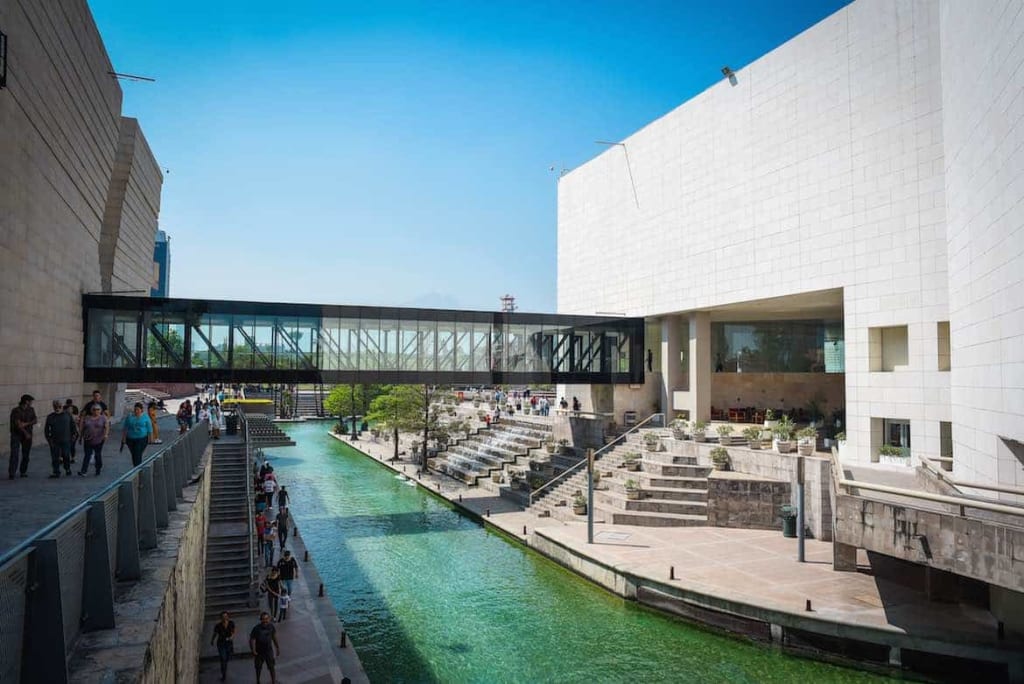
This museum opened its doors in 2007 and completed the network of museums and infrastructure built or restored during the modernization of the city’s central area to host the Universal Forum of Cultures in 2007.
Similar to the Mexican History Museum’s focus on the country as a whole, the Museo del Noreste focuses on the territory’s history comprising the states of Nuevo Leon, Coahuila, and Tamaulipas, including part of the U.S. state of Texas, which is of Mexican cultural heritage.
The temporary exhibition hall offers samples of the history of other regions of the world.
7. The Glass Museum
It is a peculiar sample of glasswork in Europe and especially in America.
It includes pieces from all eras, from pre-Columbian natural formations to industrial glass, including colonial and pharmaceutical glass widely used in apothecaries of the nineteenth century.
Another exciting space is dedicated to glass pulquero, which originated in Mexico to bottle the ancient alcoholic beverage.
It also has an area that exhibits the role of glass in the art of stained glass.
8. Parque la Fundidora (steel park)
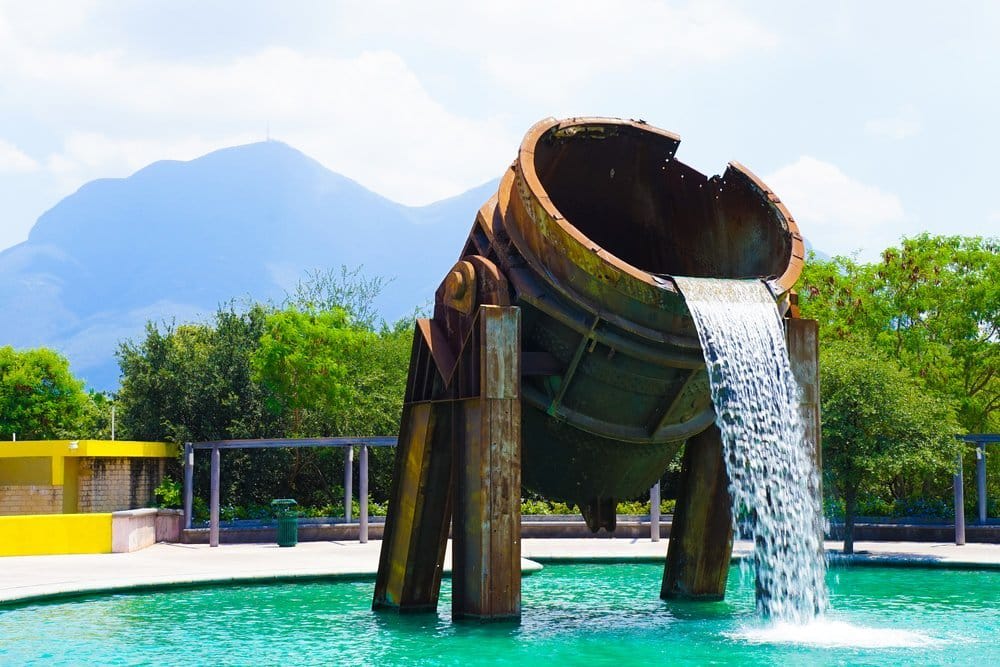
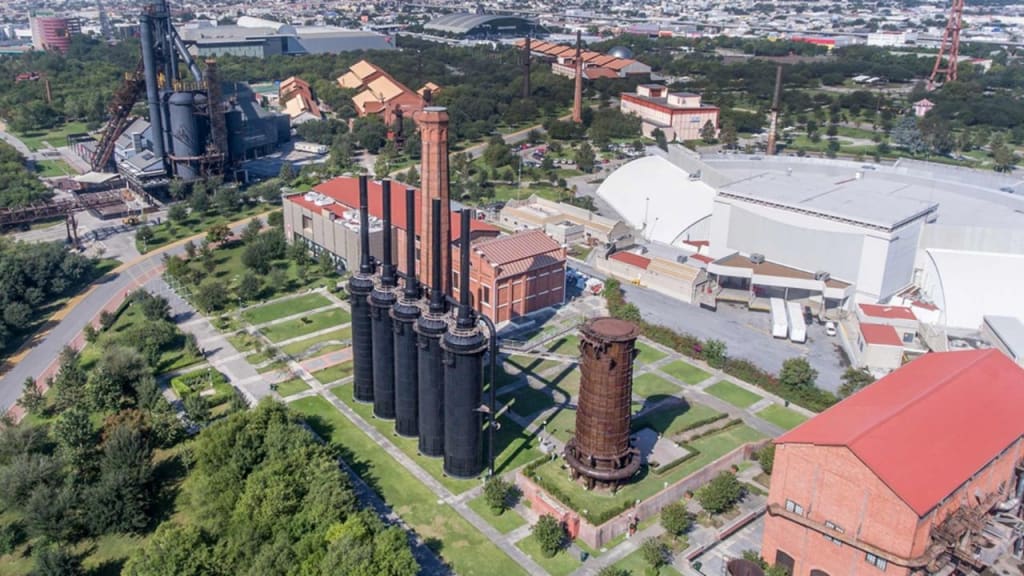
The Fundidora Park honors Monterrey for being the leading city in Mexico in iron and steel production and tradition.
This beautiful park is on the site occupied by the Fundidora de Fierro y Acero de Monterrey company for most of the last century.
It is qualified as a site museum in the field of industrial archeology.
It has a “Plaza de Los Visionarios,” commemorating the city’s iron and steel industry pioneers.
The Plaza Grúa Portal exhibits the enormous and ancient crane bridge that provided services to the Altos Hornos.
The Altos Hornos squares show the facilities where the steel mills’ liquid iron was manufactured.
9. The Unity Bridge Monterrey
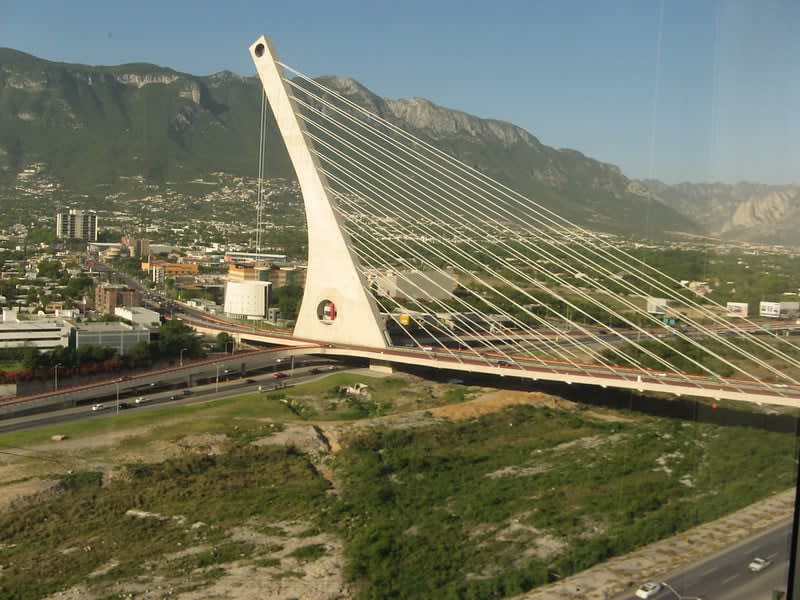
This striking 303-meter-long cable-stayed bridge over the Santa Catarina River was inaugurated in 2003 to connect Monterrey with the San Pedro Garza Garcia municipality.
It generated much controversy due to the enormous amount of resources invested in crossing a dry river for most of the year.
However, the people of Monterrey could appreciate its usefulness in 2010, when during the floods and overflows caused by the heavy rains of Hurricane Alex, the Viaducto de La Unidad was the only important bridge that could be used mishap.
10. Citizen Tower
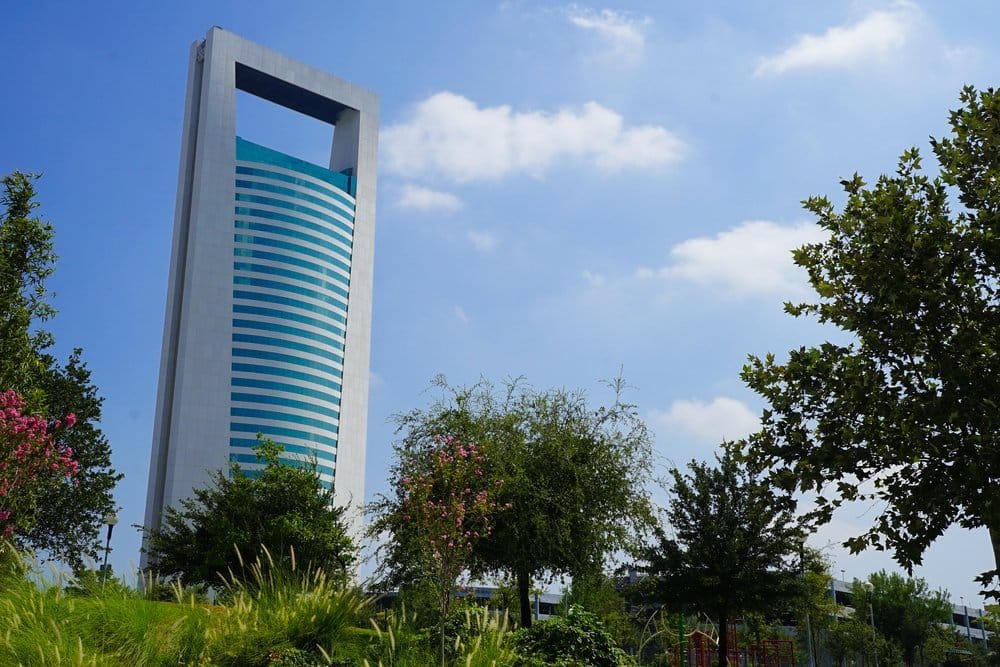
This symbol of the city’s modern architecture is a skyscraper with a superb Paseo Santa Lucia canal view.
It is the second tallest building in Monterrey and northern Mexico, after the Torre Pabellón Monterrey, and is owned by the government of Nuevo Leon.
It measures 180 meters tall with 36 floors and is in front of Fundidora Park.
Its five parking levels accommodate 3,000 cars, and most areas are destined for government administrative offices.
11. Visit the Alfa Planetarium
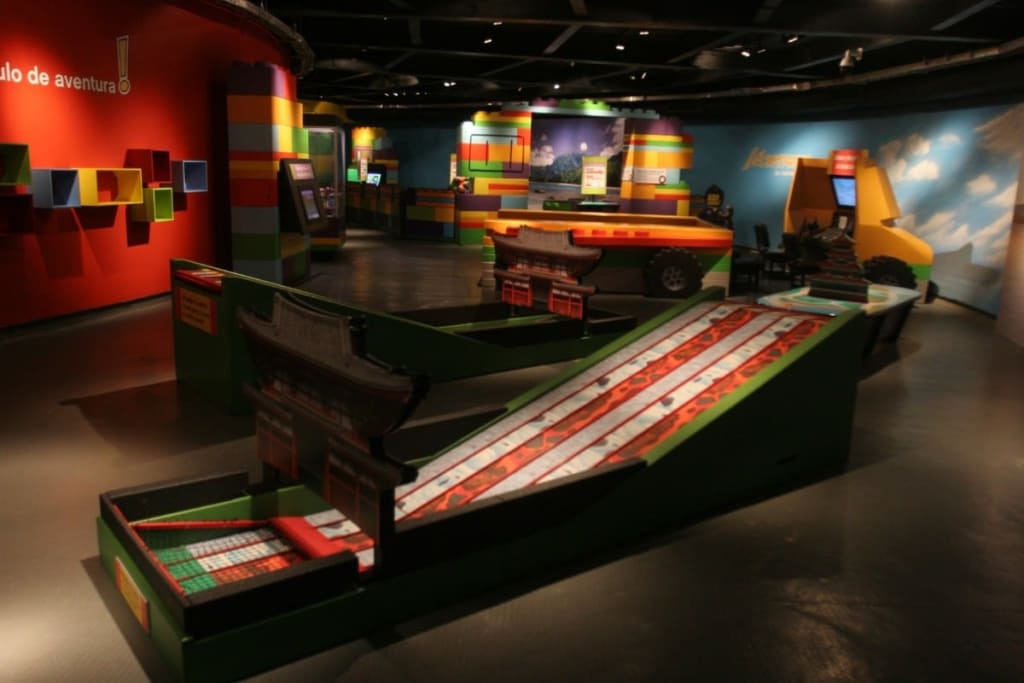
It is located in Monterrey’s metropolitan area, in the San Pedro Garza García municipality.
This pioneering institution in interactive museums was inaugurated in 1978, and its IMAX system was the first one installed in Latin America.
The Pavilion of the Universe is the only stained glass window made by the illustrious Mexican artist Rufino Tamayo.
It has five well-differentiated spaces. In the open-air aviary, you can admire 25 bird species.
The astronomical observatory is one of the largest in Latin America for public use.
It also has a garden dedicated to science and an IMAX theater for almost 400 people.
12. Monterrey Mexico Pavilion Tower

This private real estate development is the tallest skyscraper in Monterrey and northern Mexico, at 215 meters.
It has 50 floors, a heliport, and several terraces. Its convention center can accommodate 3,800 people.
There’s an auditorium, a shopping mall, refined restaurants, brand-name stores, office areas, a hotel, and six parking levels.
Undoubtedly, a privileged place to admire the immensity of the city and the surrounding mountains called to be an architectural icon of Monterrey for many years to come.
13. Insignia Tower Monterrey
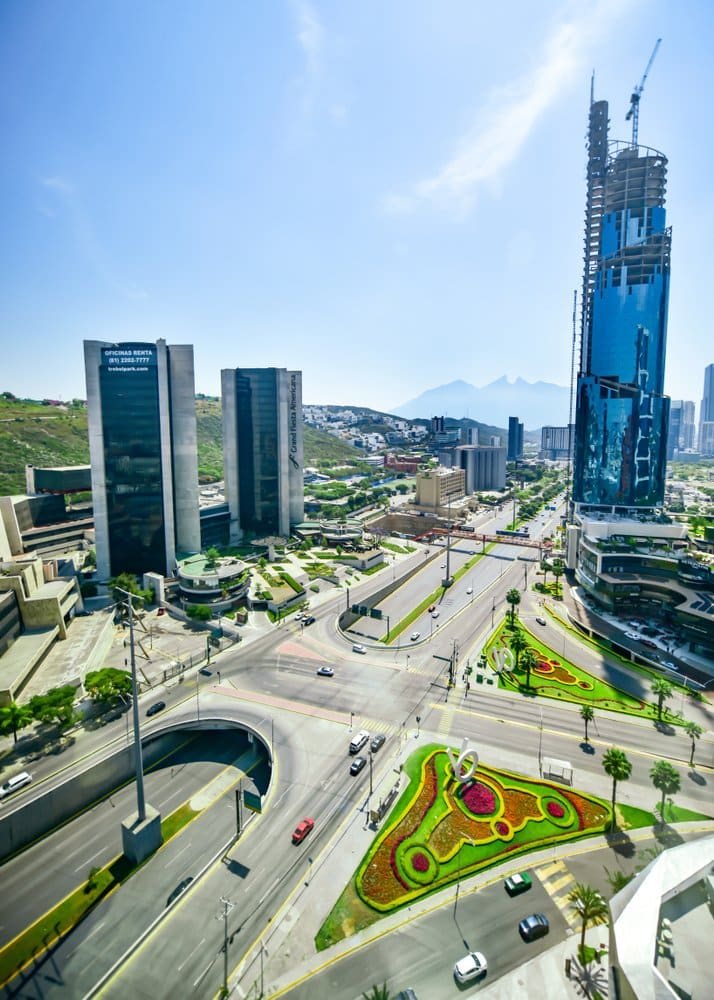
As of now, 2022, it hasn’t been finished. However, once it does, it will be the tallest building in the Monterrey metropolitan area, in Mexico and Latin America, at 330 meters.
It is being built in the municipality of San Pedro Garza García. The original project will have 77 floors, including a revolving observation deck on the top floor.
The first and lower floors will be used for stores, a convention center, offices, an auditorium, a conference hall, and a cultural esplanade.
The middle floors will house a 300-room hotel, and the upper ones will be residential.
14. Admire the Iconic Cerro de la Silla (Saddle Hill)
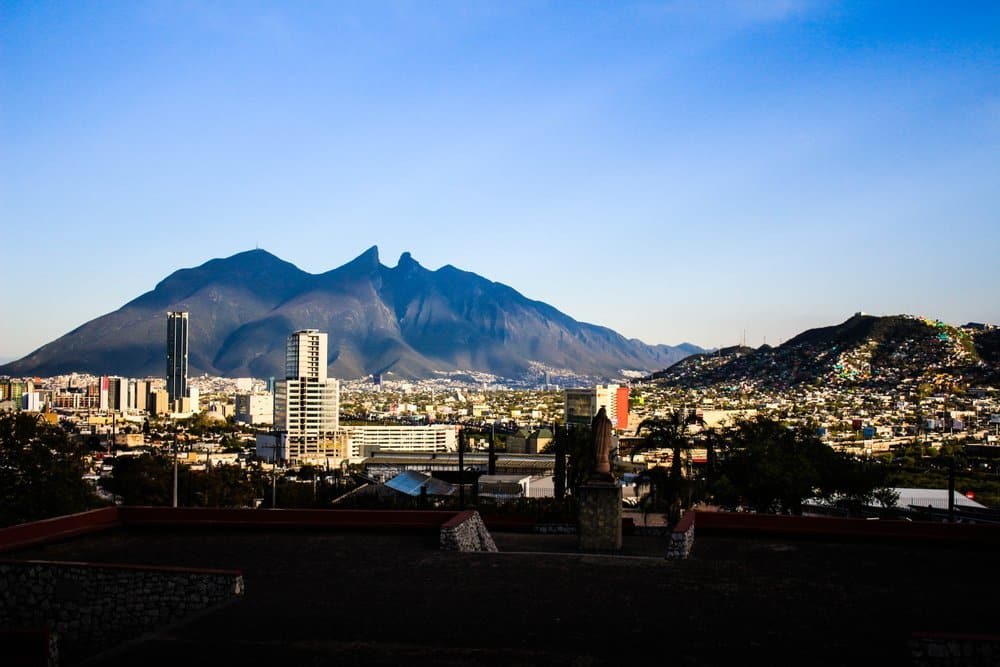
This mountainous system, whose highest point is 1820 meters, is part of the Sierra Madre Oriental and is Monterrey’s orographic and natural symbol and the pride of its citizens.
Four peaks can be distinguished: Antena, Norte, Sur, and La Virgen.
Other emblematic hills around the city are:
- Cerro de las Mitras, with protrusions similar to the headdresses worn by Catholic prelates
- Cerro de Chipinque, with a curious sector in the shape of the letter “M”
- Cerro del Topo Chico, a rocky structure that is mentioned in several local myths and legends
15. Cerro del Obispado (Bishopric Hill)
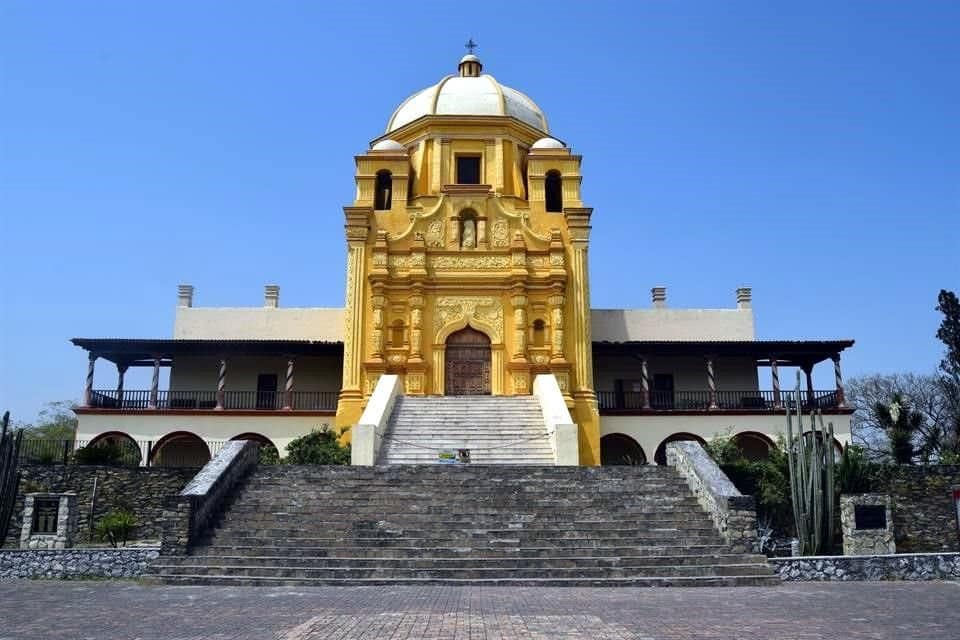
At the end of the 18th century, the bishop of León, Fray Rafael José Verger, requested this hill in Monterrey to build a rest house and episcopal palace, so the locals began to call the elevation Cerro del Obispado (Bishop’s Hill).
The hill is also famous because it was one of the sites defended by the Mexicans in September 1846 in the Battle of Monterrey, during the war between Mexico and the United States.
The large and elegant mansion, the oldest building in Monterrey and a historical monument is the headquarters of the Regional Museum of History of Nuevo Leon.
16. Horsetail Waterfall
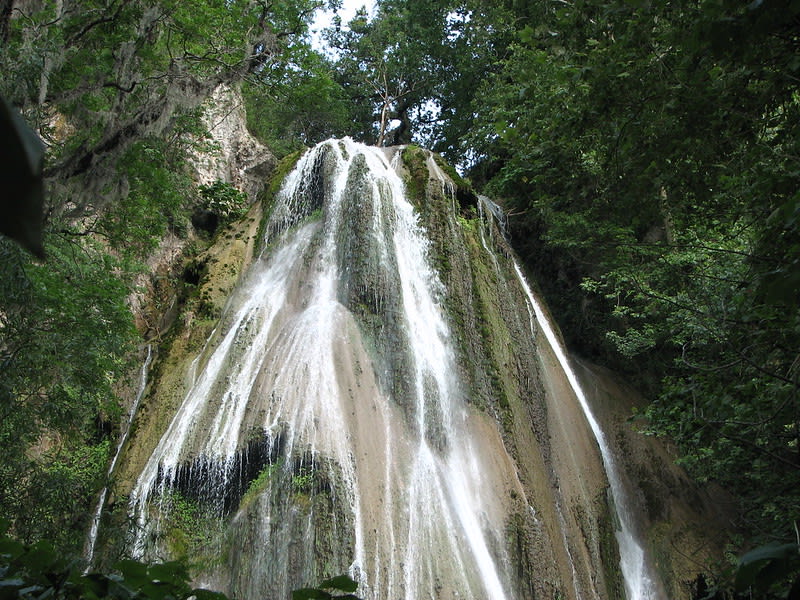
The official name of the place is Cumbres de Monterrey National Park, but it is generally referred to by the Cola de Caballo waterfall, which is its main attraction.
It is a beautiful 25-meter waterfall in the Sierra Madre Oriental, whose shape resembles the tail of a white horse.
To reach the site, you have to walk or use the old-fashioned means of traction, that is to say, in a cart pulled by a horse or on horseback.
In front of the waterfall is a viewpoint where you can feel the drizzle of the falling water while taking a spectacular photo.
17. Explore the Garcia Caves
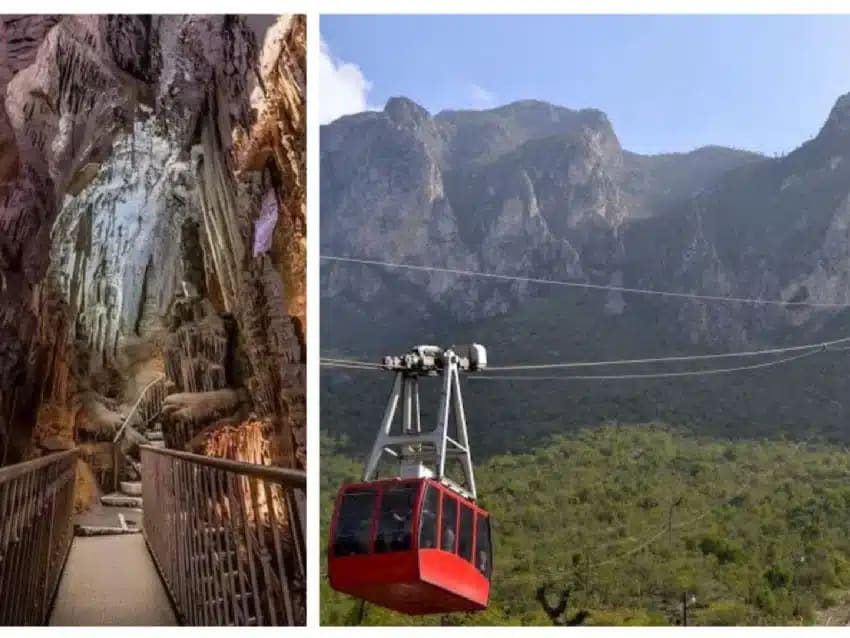
These caves were anonymous until a humble family from Monterrey looking for firewood discovered them in the middle of the 19th century.
They are 30 kilometers from the city and have several galleries, up to 105 meters deep, with spectacular rock formations, such as stalactites and stalagmites, as well as marine fossils since they were submerged in the sea millions of years ago.
The caves are illuminated, which gives them a spectral appearance. A cable car takes you to the caves’ entrance after a 600-meter ride.
18. Cuauhtemoc Moctezuma Brewery

Monterrey is a thriving industrial city and is the headquarters of Cervecería Cuauhtémoc Moctezuma, a Mexican company of great tradition founded in 1890.
The business venture began in 1886 when Don Isaac Garza Garza, a businessman from Monterrey, traveled to Missouri, United States, and established an agreement to produce beer.
Shortly after that, Cervecería Cuauhtémoc was born, manufacturing handcrafted beer.
The merger with Cervecería Moctezuma took place in 1988. The attractive red-brick building of the early days is still in superb condition, with the modernizations dictated by time.
19. Taste the Food in Monterrey!
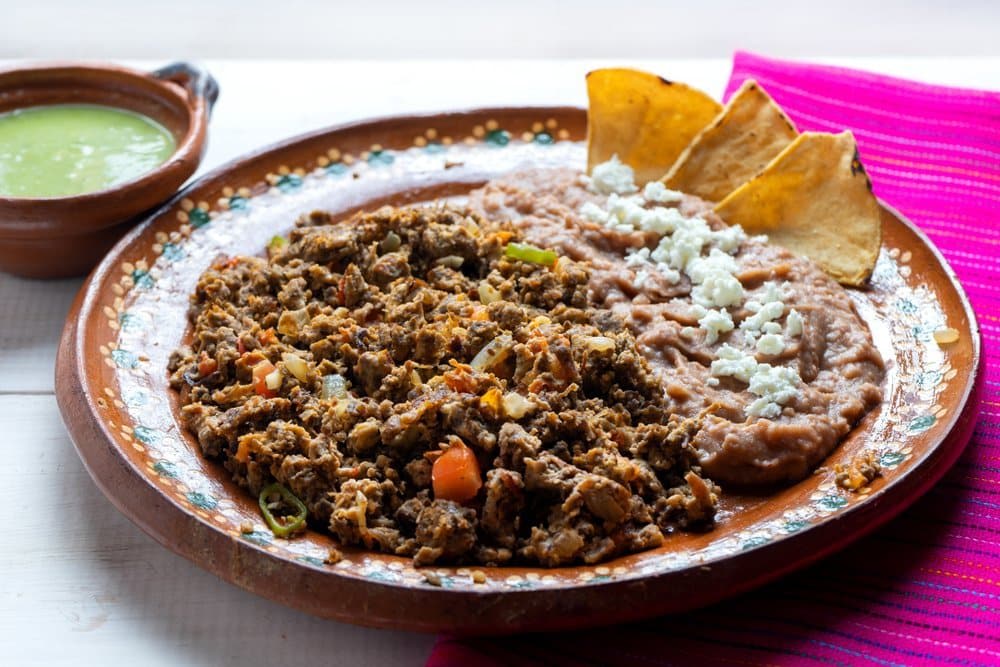
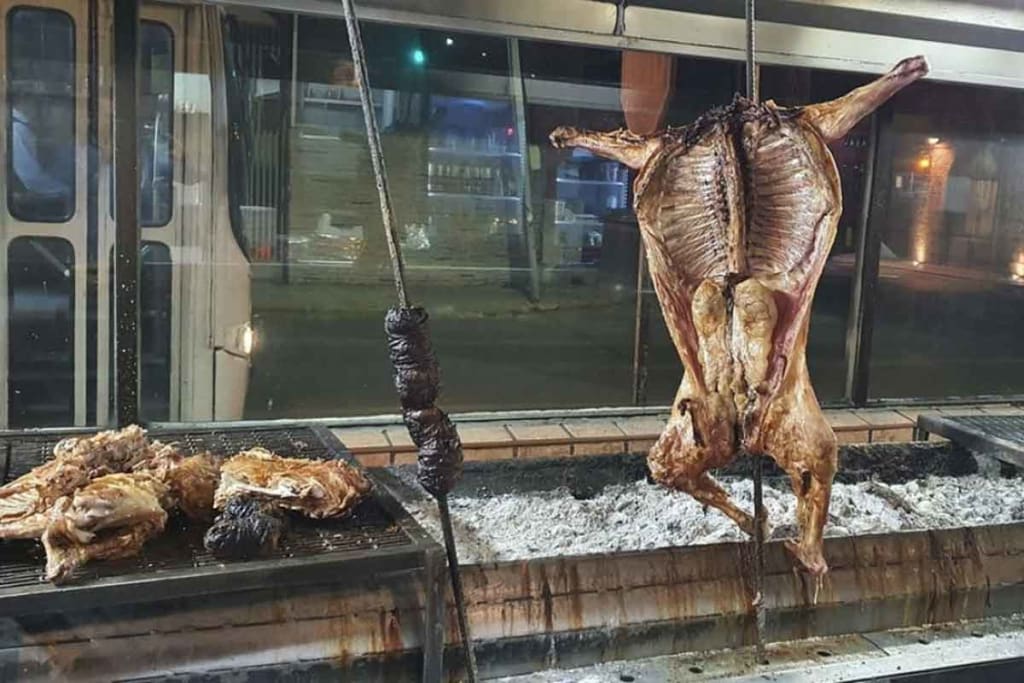
Regiomontanos (nickname for locals) say there is no better place than Monterrey to enjoy a cabrito al pastor.
The authentic kid for this recipe must be a baby goat that has not come out of lactation, opened in the carcass, and roasted over a mesquite wood fire.
As a cosmopolitan city, Monterrey also offers excellent international cuisine.
Another typical dish of Monterrey and the state of Nuevo Leon is the Machaca con huevos, a scrambled egg dish with dried and shredded beef.
Is Monterrey Mexico safe?
As with any other big city in the world, Monterrey, with almost 5 million people, you should always watch where you’re going and what you’re planning to do.
As I always say, you may find trouble if you look for trouble.
There was a time between 2007 and 2012 when Monterrey was caught in the crossfire of the so-called narco war, making things shaky for public safety in the entire northern Mexican territory.
Nevertheless, the three times I went there (2008, 2012, 2018), I never experienced any problems.
Again, always be careful no matter where you go, and trust no one. Try not to wear flashy things if you happen to be by yourself walking the streets.
I hope you enjoy touring Monterrey Mexico as much as I once did.
Should you have any questions, please let me know. Please share your experiences with us in the comment section below.